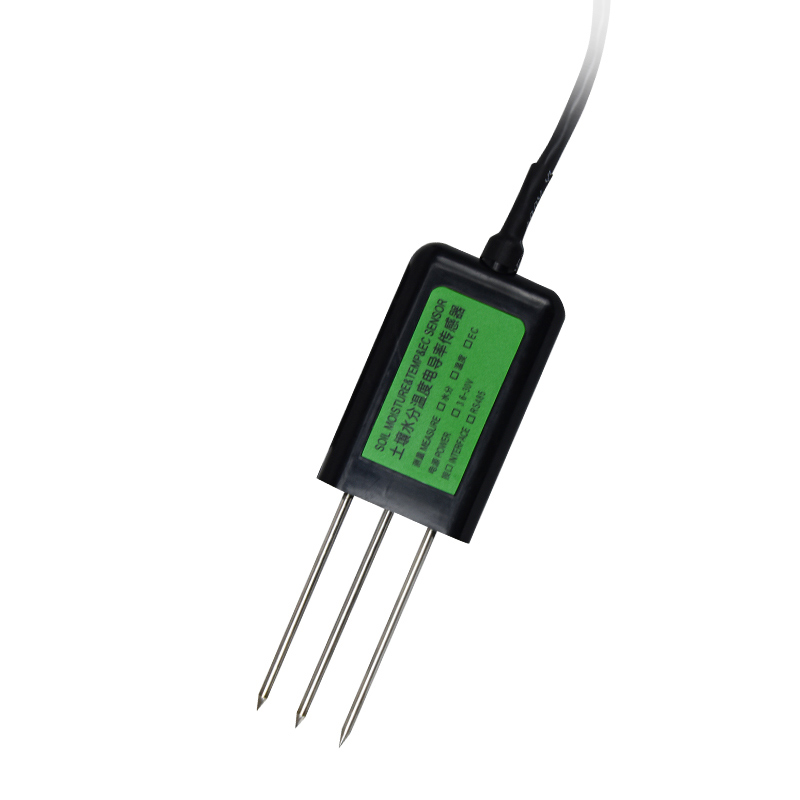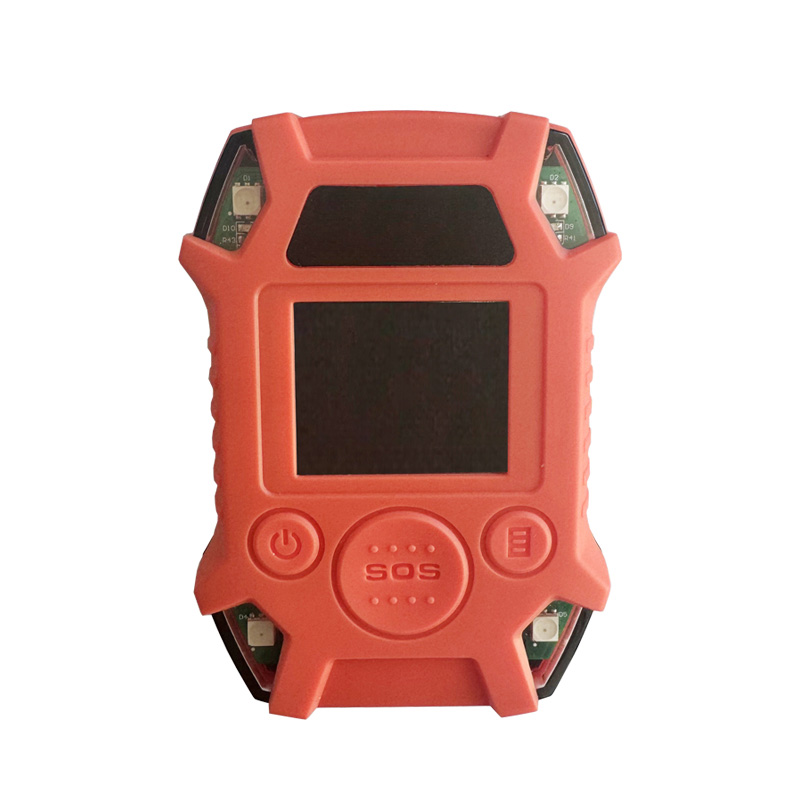School weather stations are of great significance in school education.
From the perspective of curriculum requirements, science courses in China also have similar contents regarding weather observation and measurement, such as observing seasonal and weather changes and making relevant charts, which can enable students to better complete their learning tasks.
In terms of disciplinary integration, weather is related to multiple disciplines. For example, in history, the impact of weather on wars; in information technology, creating weather - related works; in mathematics, analyzing and plotting data; in Chinese, writing weather - related stories; in art creation, etc., providing materials for interdisciplinary learning.
In campus life, displaying the current weather can become a common resource and topic, enabling students to get used to using units and decimals for scientific thinking, linking the weather with personal comfort, and also helping to make practical decisions such as whether to use the competition venue or not.
Moreover, the weather station can be connected to a computer to display data on the school website, leaving a good impression on parents. If the school is in an area with few weather stations, the information is also useful to the community. Various functions can also be added to enrich the content. The data can be sent to relevant platforms of the meteorological bureau, becoming a resource for learning climate knowledge and can also be an integral part of campus clubs. In the event of extreme weather, the local weather situation of the school can be understood for comparative analysis.
School weather stations have two types: traditional manual and wireless automatic.
Traditional manual weather stations use instruments to measure temperature (including maximum and minimum values) and humidity. The instruments are placed in a louvered box. There is a rain gauge on the ground. Wind can also be measured with a hand - held anemometer, and pressure can be measured with a barometer on the wall. Thermometers can be of glass or mechanical dial type. They are relatively inexpensive, suitable for schools with low budgets, and can allow students to take measurements by hand, enhancing their practical abilities. However, manual reading and recording of data are cumbersome, not timely and continuous, and the labor cost for long - term monitoring is high.
Wireless automatic weather stations consist of two parts: outdoor sensors and an indoor receiving console. The sensors are on the support of the weather station and can measure temperature, humidity, rainfall, wind speed and direction, etc. The indoor console displays data (including air pressure) and can store it. It can be downloaded to a computer via USB or wirelessly. It is convenient to use, with timely and continuous data acquisition, and simple installation and setup. However, the price may be relatively high. Schools should choose the appropriate weather station according to their budget, teaching objectives, etc.

This paper addresses:https://fengtusz.com/industry/522.html









